I. Introduction:
The John Deere 4100 tractor stands as a stalwart in the realm of agricultural machinery, renowned for its reliability and versatility. With its robust build and powerful performance, the 4100 has become a trusted companion for farmers and landowners across the globe.
However, like any mechanical equipment, the John Deere 4100 is not immune to issues that can hinder its efficiency and productivity.
In this comprehensive guide, we’ll delve into the common problems faced by owners of the John Deere 4100, shedding light on the importance of addressing these issues promptly to ensure optimal performance and longevity of this iconic tractor.

Whether you’re a seasoned farmer or a novice operator, understanding these common problems is essential for maintaining your John Deere 4100 in top-notch condition and maximizing its utility on the field.
So let’s explore the challenges that may arise with this formidable machine and equip ourselves with the knowledge needed to tackle them effectively.
II. Engine Issues:
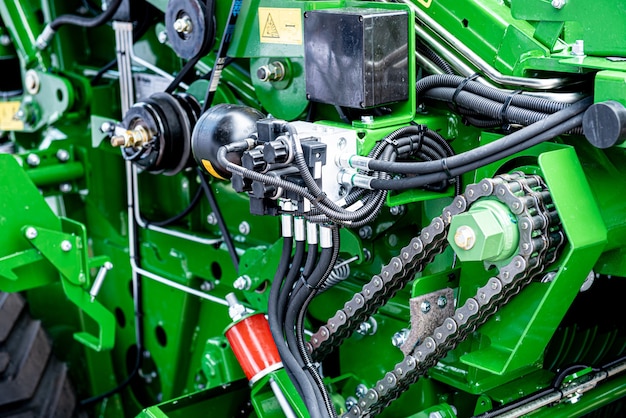
Common engine problems encountered with the John Deere 4100:
The John Deere 4100, despite its reputation for reliability, is not immune to engine-related issues that can arise over time.
Some of the most common problems faced by owners include overheating, loss of power, and difficulty starting. These issues can significantly impact the tractor’s performance and productivity, making it essential for operators to be aware of them.
1- Potential causes and troubleshooting tips:
Understanding the underlying causes of engine problems is crucial for effective troubleshooting. Overheating, for example, may be caused by a malfunctioning cooling system, dirty radiator, or low coolant levels.
Loss of power could result from clogged fuel filters, worn-out injectors, or improper fuel delivery. Difficulty starting may indicate issues with the battery, starter motor, or fuel system.
By conducting thorough diagnostics and inspections, operators can pinpoint the root cause of the problem and implement appropriate solutions.
2- Recommended maintenance practices to prevent engine issues:
Preventive maintenance is key to ensuring the longevity and reliability of the John Deere 4100’s engine. Regularly scheduled maintenance tasks such as oil changes, air filter replacements, and coolant flushes can help prevent common engine problems.
Additionally, monitoring fluid levels, inspecting hoses and belts for wear, and keeping the engine bay clean can go a long way in preventing unexpected breakdowns.
By adhering to recommended maintenance practices, operators can minimize the risk of engine issues and keep their John Deere 4100 running smoothly for years to come.
III. Transmission and Hydraulic System Problems:
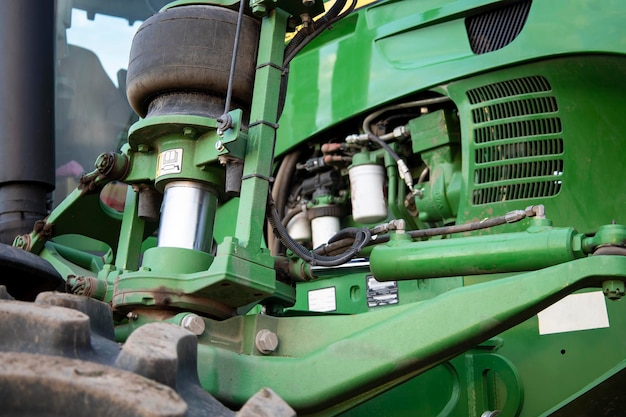
1- Overview of transmission and hydraulic system components:
The transmission and hydraulic systems of the John Deere 4100 are integral to its operation, facilitating smooth movement and hydraulic functions essential for various tasks on the farm or job site.
The transmission system comprises components such as gears, clutches, and shafts, responsible for transmitting power from the engine to the wheels.
On the other hand, the hydraulic system consists of pumps, valves, cylinders, and hoses, enabling the tractor to lift and operate implements efficiently.
2- Typical problems experienced with these systems:
Despite their importance, the transmission and hydraulic systems of the John Deere 4100 are susceptible to various issues.
Common problems include gear slippage, hydraulic leaks, and erratic shifting. Gear slippage can occur due to worn-out gears or improper adjustment of the transmission linkage.
Hydraulic leaks may result from damaged seals, cracked hoses, or loose fittings, leading to a loss of hydraulic fluid and reduced performance. Erratic shifting could indicate problems with the transmission control module, solenoids, or fluid contamination.
3- Solutions and maintenance tips for addressing transmission and hydraulic issues:
To address transmission and hydraulic problems effectively, operators should first diagnose the root cause of the issue.
For gear slippage, adjusting the transmission linkage or replacing worn-out gears may be necessary. Hydraulic leaks can be repaired by replacing damaged seals, tightening loose fittings, or repairing cracked hoses.
Regular maintenance, such as checking fluid levels, inspecting hoses for wear, and replacing filters, is crucial for preventing issues with these systems.
Additionally, following manufacturer-recommended service intervals and using high-quality fluids can help maintain the integrity and performance of the transmission and hydraulic systems in the John Deere 4100.
How to Start Your John Deere Lawn Mower
IV. Electrical System Malfunctions:
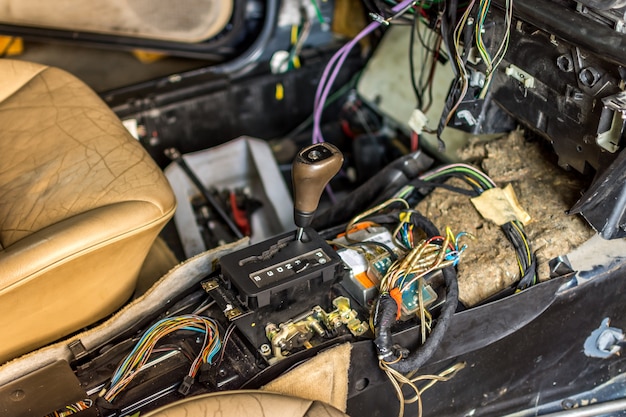
1- Description of common electrical issues:
The electrical system of the John Deere 4100, like any modern machinery, can encounter various issues that impact its performance and reliability. Common electrical problems include dead batteries, faulty wiring, malfunctioning switches, and electrical shorts.
These issues can manifest in symptoms such as difficulty starting the engine, dim or flickering lights, intermittent power loss, and malfunctioning gauges or indicators.
2- Causes and troubleshooting methods:
Understanding the root causes of electrical malfunctions is crucial for effective troubleshooting. Dead batteries may result from prolonged periods of inactivity, insufficient charging, or a faulty alternator.
Faulty wiring or loose connections can lead to electrical shorts, causing circuits to overload and components to malfunction.
Troubleshooting methods typically involve inspecting electrical connections, testing voltage levels, and using diagnostic tools to pinpoint faulty components.
Replacing damaged wiring, tightening connections, and repairing or replacing malfunctioning switches or sensors are common solutions to electrical problems.
3- Importance of regular electrical system maintenance:
Regular maintenance of the electrical system is essential for preventing issues and ensuring the reliable operation of the John Deere 4100. This includes inspecting and cleaning battery terminals, checking wiring harnesses for signs of wear or damage, and testing electrical components for proper functionality.
Additionally, keeping the electrical system free of debris and moisture, and storing the tractor in a dry, sheltered environment can help prevent corrosion and prolong the lifespan of electrical components.
By conducting routine maintenance tasks and addressing any issues promptly, operators can minimize the risk of electrical system malfunctions and maximize the uptime of their John Deere 4100.
V. Steering and Brake Troubles:
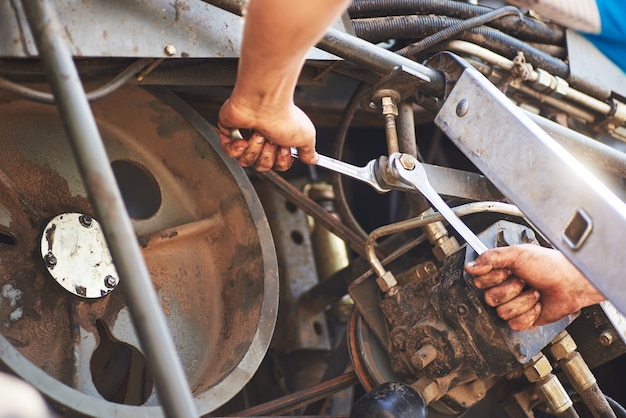
1- Problems related to steering and braking mechanisms:
The steering and braking systems of the John Deere 4100 are vital for safe and efficient operation. However, various issues can arise, affecting these critical components.
Common steering problems include steering wheel vibration, difficulty turning, and uneven steering response. Brake troubles may manifest as reduced braking power, brake pedal pulsation, or brake system noise. These issues can compromise the tractor’s handling and safety on the field or road.
2- Possible causes and solutions:
Identifying the root causes of steering and brake problems is essential for effective resolution. Steering wheel vibration may result from misaligned wheels, worn-out steering components, or improper tire pressure.
Difficulty turning could indicate issues with the steering linkage, hydraulic system, or power steering pump. Reduced braking power may be caused by worn brake pads, contaminated brake fluid, or malfunctioning brake calipers.
Solutions may include realigning wheels, replacing worn components, adjusting hydraulic settings, or bleeding the brake system to remove air bubbles.
3- Safety implications and preventive measures:
Steering and brake issues pose significant safety risks to operators and bystanders. Malfunctioning steering can lead to loss of control, increasing the likelihood of accidents or collisions. Similarly, compromised braking performance can result in longer stopping distances and difficulty maneuvering the tractor safely.
To mitigate these risks, operators should perform regular inspections of the steering and braking systems, checking for signs of wear, leaks, or abnormalities. Proper maintenance, including lubricating steering components, inspecting brake pads and rotors, and replacing worn parts promptly, is essential for ensuring the continued safety and reliability of the John Deere 4100.
Additionally, operators should follow safe operating practices, such as observing speed limits, maintaining a safe distance from obstacles, and avoiding abrupt maneuvers, to minimize the likelihood of steering and brake troubles while operating the tractor.
VI. John Deere 4100 charging problems
Charging problems in a John Deere 4100 tractor can be frustrating and may hinder its operation. Here are some common issues and troubleshooting steps to resolve them:
- Dead Battery: If your John Deere 4100 is experiencing charging problems, the first thing to check is the battery. A dead or weak battery can prevent the tractor from starting or cause it to lose power while running. Ensure the battery terminals are clean and tight, and test the battery voltage using a multimeter. If the voltage is below the recommended level, consider charging or replacing the battery.
- Faulty Alternator: The alternator is responsible for charging the battery while the engine is running. If the alternator is faulty or not functioning properly, the battery may not receive enough charge, leading to charging problems. Test the alternator output using a multimeter to ensure it is generating the correct voltage. If the output is low or erratic, the alternator may need to be repaired or replaced.
- Wiring Issues: Faulty wiring or loose connections can disrupt the charging system in the John Deere 4100. Inspect the wiring harness and connections for any signs of damage, corrosion, or loose terminals. Repair or replace any damaged wires or connections to ensure a proper electrical connection.
- Voltage Regulator: The voltage regulator regulates the output of the alternator to prevent overcharging or undercharging the battery. If the voltage regulator is faulty, it may cause charging problems in the tractor. Test the voltage regulator to ensure it is functioning correctly, and replace it if necessary.
- Fuse or Circuit Breaker: Check the fuses and circuit breakers in the electrical system of the John Deere 4100. A blown fuse or tripped circuit breaker can disrupt the charging system and cause charging problems. Replace any blown fuses or reset circuit breakers as needed.
By systematically troubleshooting these potential issues, you can identify and resolve charging problems in your John Deere 4100 tractor, ensuring reliable operation and optimal performance on the farm or job site.
VII. John Deere 4100 Alternator in Short Way
If you’re facing issues with the alternator in your John Deere 4100, here’s a brief overview:
The alternator is a crucial component responsible for charging the battery while the engine is running. If your John Deere 4100 is experiencing charging problems, it’s essential to check the alternator. A faulty alternator can lead to a dead battery or insufficient power supply to the electrical system.
To troubleshoot alternator issues:
- Check the alternator output using a multimeter to ensure it’s generating the correct voltage.
- Inspect the wiring and connections for any damage or loose connections.
- Test the voltage regulator to ensure it’s regulating the alternator output properly.
- Replace the alternator if it’s not functioning correctly or if the output is below the recommended level.
By addressing alternator problems promptly, you can ensure reliable charging and electrical performance in your John Deere 4100 tractor.
VIII. Conclusion:
In conclusion, while the John Deere 4100 tractor is renowned for its durability and performance, it is not immune to various problems that can arise during its lifespan.
From engine issues to transmission and hydraulic system malfunctions, electrical system failures, and steering and brake troubles, owners and operators may encounter a range of challenges that require prompt attention and resolution.
By understanding the common problems associated with the John Deere 4100 and implementing proactive maintenance practices, operators can minimize downtime, optimize performance, and ensure the longevity of this iconic tractor.
Regular inspections, timely repairs, and adherence to manufacturer-recommended maintenance schedules are crucial for addressing issues before they escalate and avoiding costly repairs down the line. Additionally, prioritizing safety and following best practices while operating the tractor can help prevent accidents and injuries associated with mechanical failures.
In essence, by staying informed, proactive, and diligent in maintenance and operation, owners and operators can maximize the reliability and productivity of the John Deere 4100, ensuring it remains a trusted workhorse on the farm or job site for years to come.
FAQs
How many horsepower is a 4120 John Deere tractor?
- The John Deere 4120 tractor typically has around 43 horsepower.
What is the most successful tractor brand?
- The title of the most successful tractor brand may vary depending on factors such as sales volume, customer satisfaction, and market share. However, John Deere is often considered one of the leading and most successful tractor brands globally.
Which tractor brand is best?
- Determining the “best” tractor brand is subjective and depends on various factors such as individual preferences, specific needs, and intended use. Some popular tractor brands known for their reliability, performance, and innovative features include John Deere, Case IH, New Holland, Massey Ferguson, and Kubota.
Is John Deere a good tractor brand?
- Yes, John Deere is widely recognized as a reputable and reliable tractor brand. With a long history of innovation, quality craftsmanship, and dedication to customer satisfaction, John Deere tractors are trusted by farmers, landscapers, and other professionals worldwide for their performance, durability, and versatility.
What is the most powerful John Deere?
- The John Deere 9RX Series tractors are among the most powerful offerings from the company. These articulated four-wheel-drive tractors are designed for large-scale farming operations and can deliver impressive horsepower ratings, with some models exceeding 600 horsepower.
What is the strongest John Deere?
- The term “strongest” can refer to different aspects of a tractor, such as horsepower, pulling capacity, or overall performance. In terms of raw power and capability, John Deere’s largest and most robust models, such as the John Deere 9RX Series or the John Deere 9R Series, are often considered the strongest in the lineup.
How many John Deere 4000s were made?
- The John Deere 4000 Series encompasses a range of tractors produced by the company over several years, including models like the John Deere 4010, 4020, 4030, and others. Exact production numbers for each model within the 4000 Series may vary, but collectively, thousands of units were manufactured to meet the demands of farmers and agricultural operations worldwide.
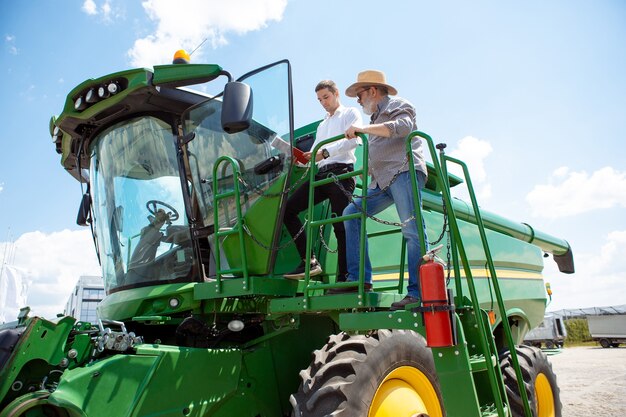






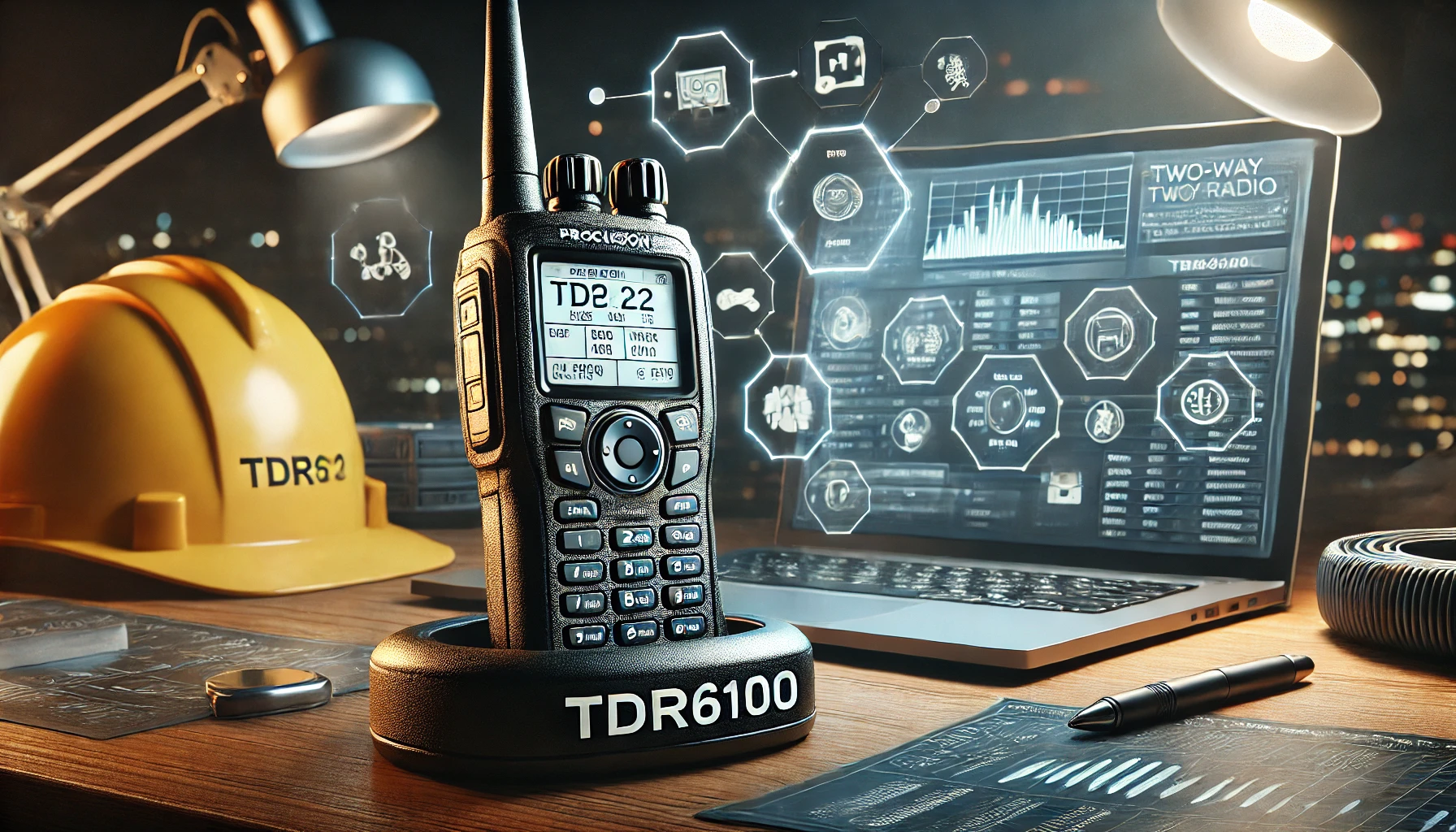

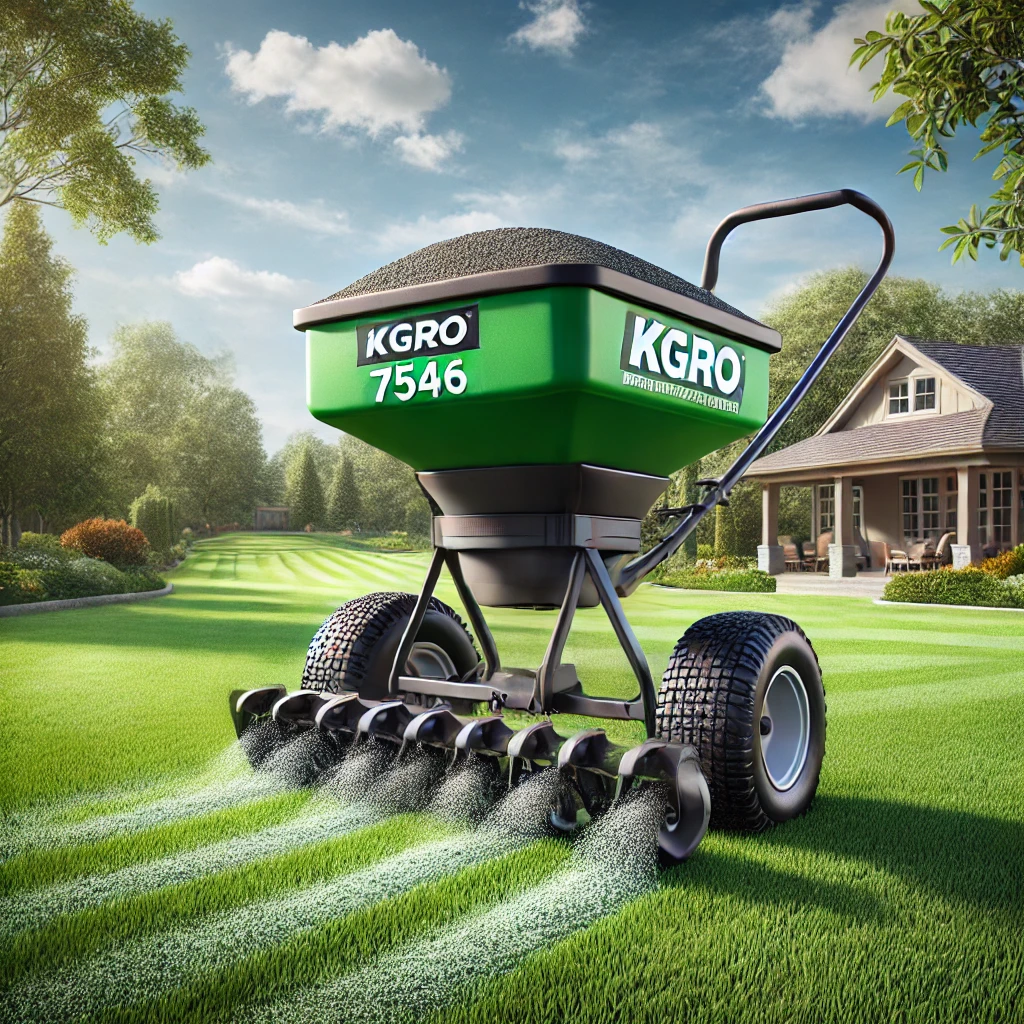

Leave a Reply